Life drawing techniques and methods, a quick overview
March 30, 2015 2025-02-08 17:11Life drawing techniques and methods, a quick overview

Life drawing techniques and methods, a quick overview
When you are getting started with life drawing, it can be difficult to know where to start. What life drawing techniques to use? What will you have time to do if the pose is short? If the pose is long? Should you look for precision or for individual style in your drawings?
You might also be interested in : Zentangles and life drawing

There are many life drawing techniques out there, here is a recapitulation of the main methods and techniques and their common uses as well as some links to free useful resources if you decide to investigate further some of these techniques.
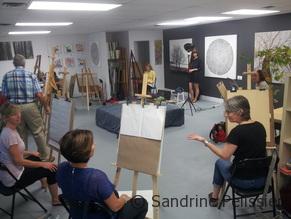
Whatever method you choose, you will see improvements if you attend a life drawing class regularly, as practice is perhaps the most important key to improvement.
Our life drawing class in North Vancouver is always starting with a series of about 10 short poses of 1 minutes and 5 to 10 short poses of 2 minutes. Then we slowly increase the time for the poses to 5 minutes, 10 minutes, 15 minutes. The longest poses we draw are 20 to 25 minutes long.
Some life drawing techniques are better suited for short or long poses and some will work for both. But at the end, if you are like me, you might enjoy switching from one method to another depending on what seems best at the time, and to spice things up a bit !
Life drawing techniques can be roughly divided into two categories: formulaic techniques and observational techniques With the formulaic techniques, you apply a formula to locate some main anatomical landmarks. Formulaic methods would allow you in theory to be able to draw believable figures from imagination by building up the body from interlocking shapes, after you trained your eyes and brain by attending many life drawing classes. It also speeds up the sketching time. Observational methods are based on observation, they can be free or precise. If very precise they will usually take longer and are based on careful observation and measuring.
Formulaic techniques
Counting heads
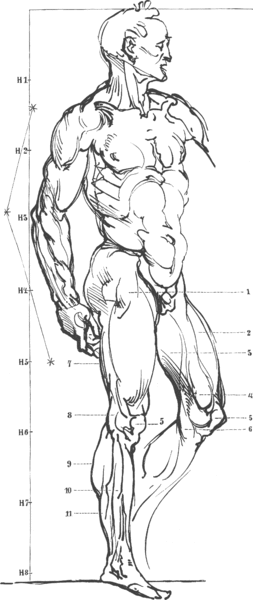
As you probably know the human body can be divided into heads length, most people falling into the 7 to 7 1/2 heads length. This counting method can be useful as a reference but of course will work better for standing poses. If your model is sitting in a twisted position, the head reference might be more difficult to use, although the head can still be used as a convenient unit of measure to evaluate lengths.
Michelangelo’s canon for the male body. The ideal length here is about 8 heads which is a bit more than the average male body (7 to 7 1/2 heads)
The Frank Reilly method
Frank Reilly was an instructor for twenty-eight years at the Art Students League of New York and established the Frank J. Reilly School of Art in the early sixties, where he taught until his death in 1967. (Source: Wikipedia)
In the Reilly technique, an initial drawing is made of 6 lines, they starts with the head then the torso is placed, then the limbs.
A good explanation of this technique can be read on this blog post by Doug Higgins
Gesture drawing method
Another formulaic technique, which is very commonly used for gesture drawings, but also works for longer drawings consist of starting the drawing with a line of action. Then the head, torso and pelvis are paced on this line of action, followed by the limbs and joints.
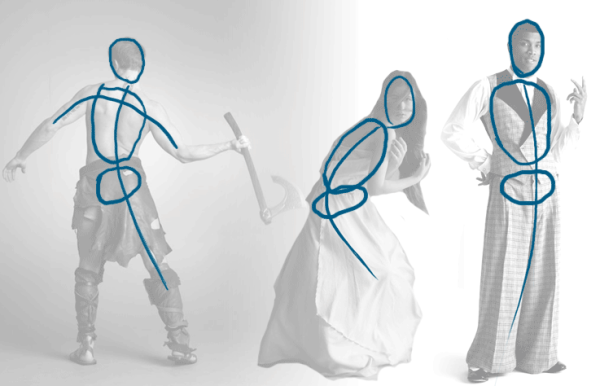
Picture from artists.pixelovely.com (posted with permission). You can see a line of action and 3 simple shapes for the head, pelvis and torso.
You can read more about this life drawing technique here on this Figure and gesture drawing blog, there is a series of posts that explain very well how you can use this technique for gesture drawing.
Observational techniques
Contour drawing and continuous line drawing
These two life drawing techniques are fast and well suited for shorter poses, they are also commonly used for fast sketching. In a continuous line drawing, the pencil is not lifted up from the paper leaving traces inside the shapes as well. This kind of drawing is usually done in pen and ink which is great to develop confidence as marks can’t be erased. With contour drawing, you draw mainly the contour of the figure, leaving most of the details out.
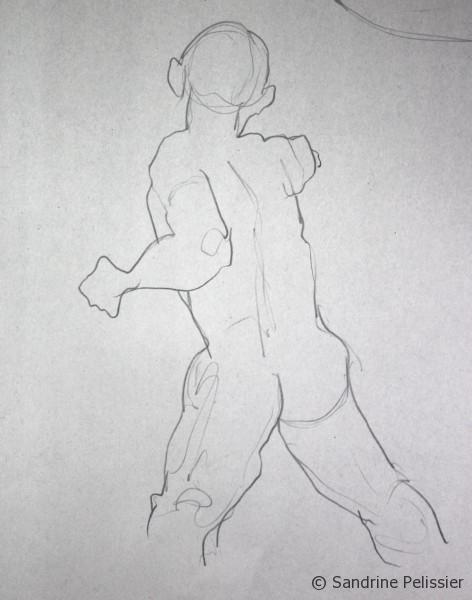
Short 1 minute pose. You probably won’t have much time to measure. This kind of pose is more about the movement and energy of the pose than about being exact.
It is more difficult to be precise with a line or contour drawing but these kinds of drawings are usually strong and clear. I like their simplicity.
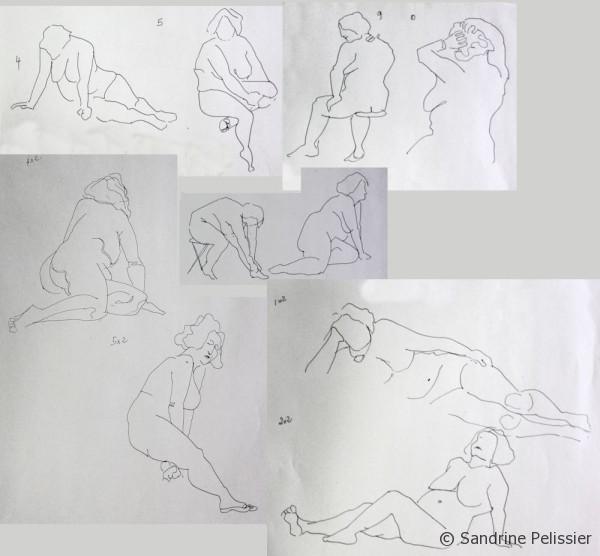
A series of contour drawings for short poses.
The envelope or block-in method
This life drawing technique takes a bit more time, as you start by drawing an “envelope” that goes around your subject, checking out carefully the lengths and angles of your envelope. One advantage of this method is that it solves a common problem for beginners: One foot or one hand doesn’t fit into the page once you are well advanced in your drawing. You kind of think of yourself as a sculptor carving your drawing into a block of stone, refining the details step by step and craving out the negative space, going from broad to specific..
To draw the envelope you are joining the most outermost points of your model by straight lines.
The sight-size measuring method
The traditional life drawing technique that was and is still taught in ateliers. The artist is placed at a distance from the figure that allows him to place his easel and paper next to the model. The drawing and the figure will be the same size, which allows for easier comparison of distances and angles. That type of drawing usually takes a very long time because every angle and distance is carefully measured.
You can see a very interested demo of this method by Ben Rathbone here.
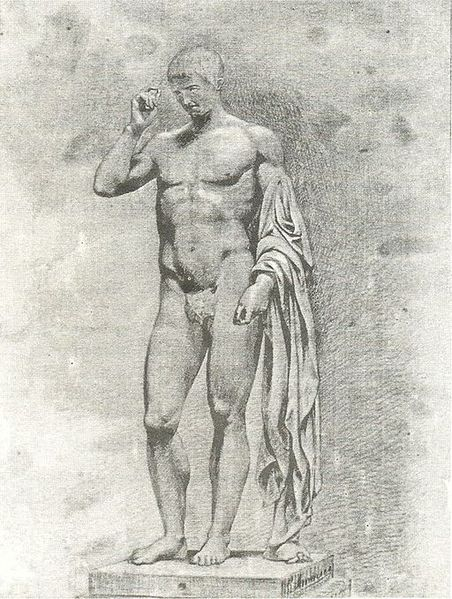
Source Wikimedia: Pedro Américo (1843–1903), Copy of a plaster cast, 1858, charcoal and chalk on paper


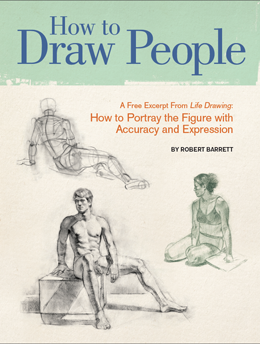


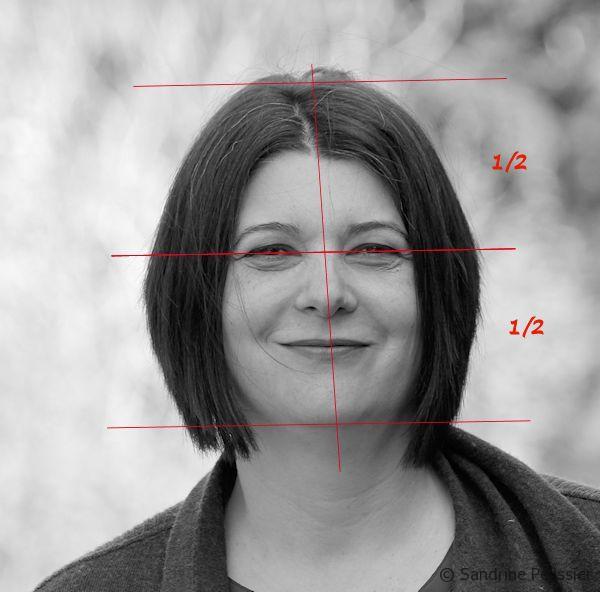
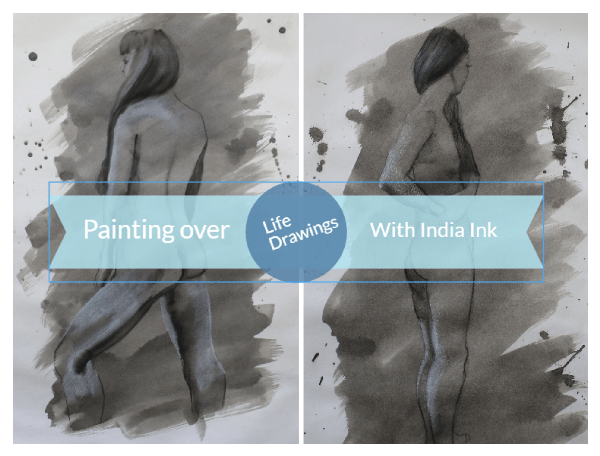

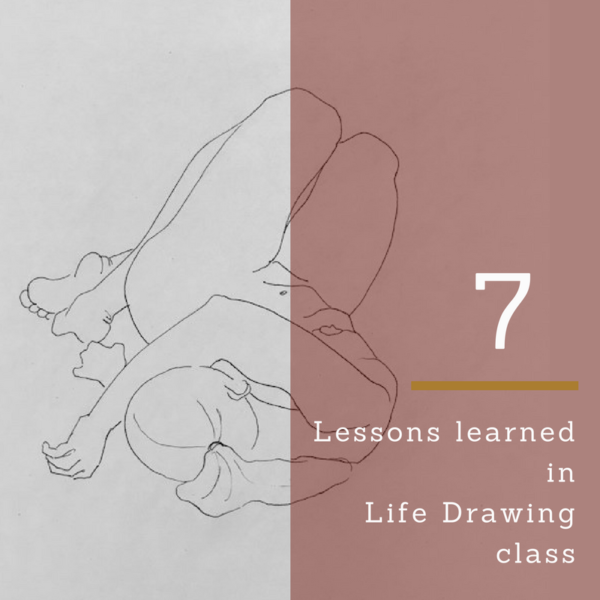
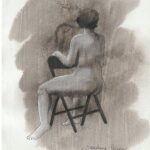

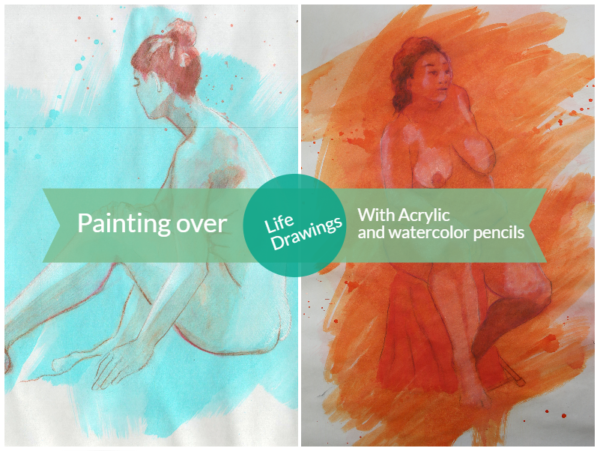
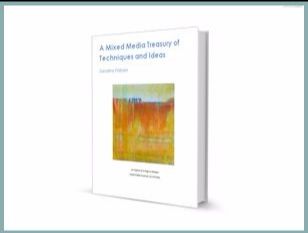

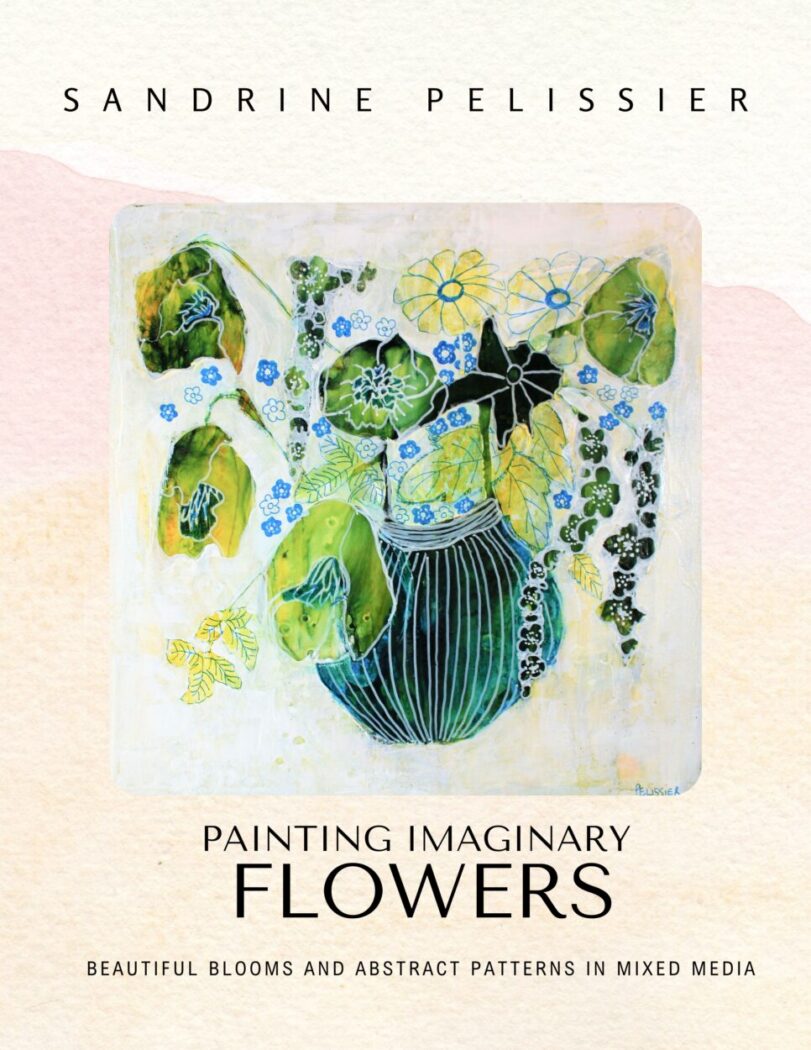
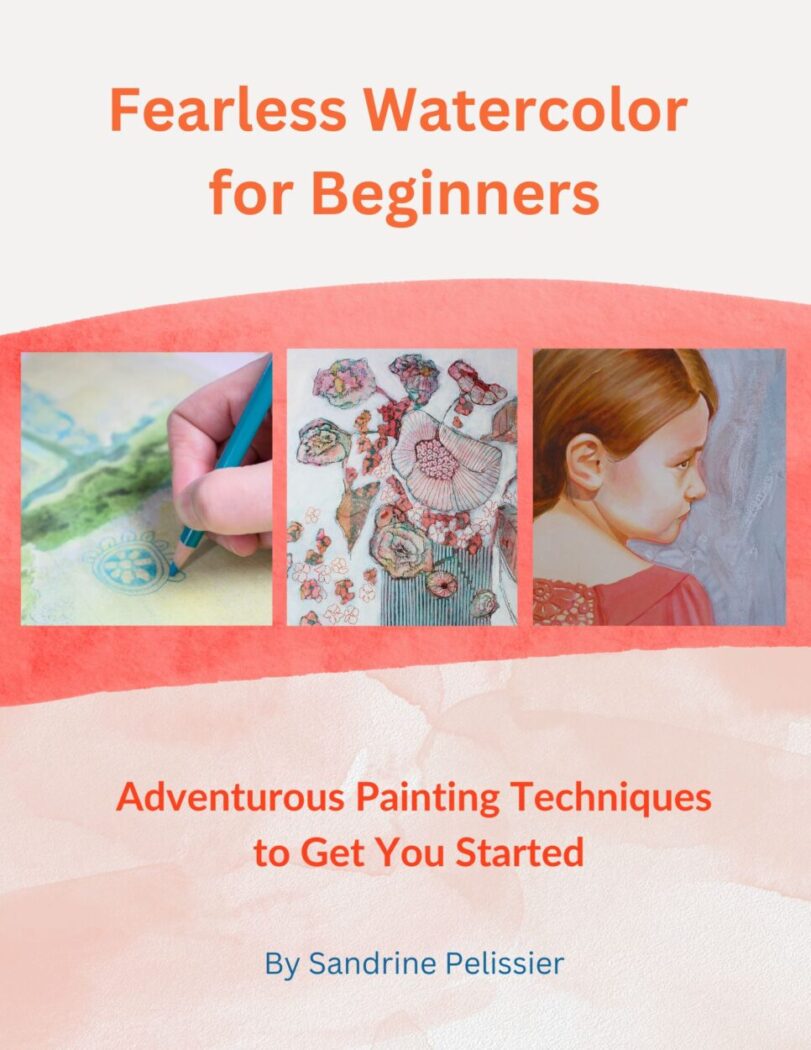

Comments (12)
5 techniques to make your Life Drawing class fun! - ARTiful: painting demos
[…] You might also like: Life drawing techniques and methods, a quick overview […]
Dilek Özmen
Hi everyone,thank you very much for this website.Really helpful.I want to learn about quadrature drawing method.I generally use this method.I really wonder who was discovered this method?
Andrea
Thank you! This is GREAT. I recently discovered posespace.com, have you heard of it? It has great pose references from different angles to practice life drawing when you don’t have a live model. I’ll start practicing the methods you described ;). Thanks again!
Sandrine Pelissier
Thanks Andrea for sharing this resource, it looks like a great tool for artists 🙂
Alex
You would also enjoy Angular Based Constructive method
https://www.artinstitutes.edu/blog/meet-dr-wei-xu-inventor-of-ABC-drawing-method
Sandrine Pelissier
Thanks Alex, I will check it out:)
Tomek
Wow! Very cool article. Really helpful. This part should be bold: Whatever method you choose, you will see improvements if you attend a life drawing class regularly, as practice is perhaps the most important key to improvement. – I know what I’m saying. I have no talent but practice made me feel more confident. Good read, thanks!
Sandrine Pelissier
Thanks Tomek, I am glad you agree with that statement, I am also a firm believer in practice, practice, practice… 🙂
Portrait drawing : Basic proportions of the face
[…] You might also be interested in the following post: Life drawing techniques and methods, a quick overview […]
meral
teşekkürler
mossa mendes
I’m student. Very good web site.
Sandrine Pelissier
Thanks Mossa 🙂